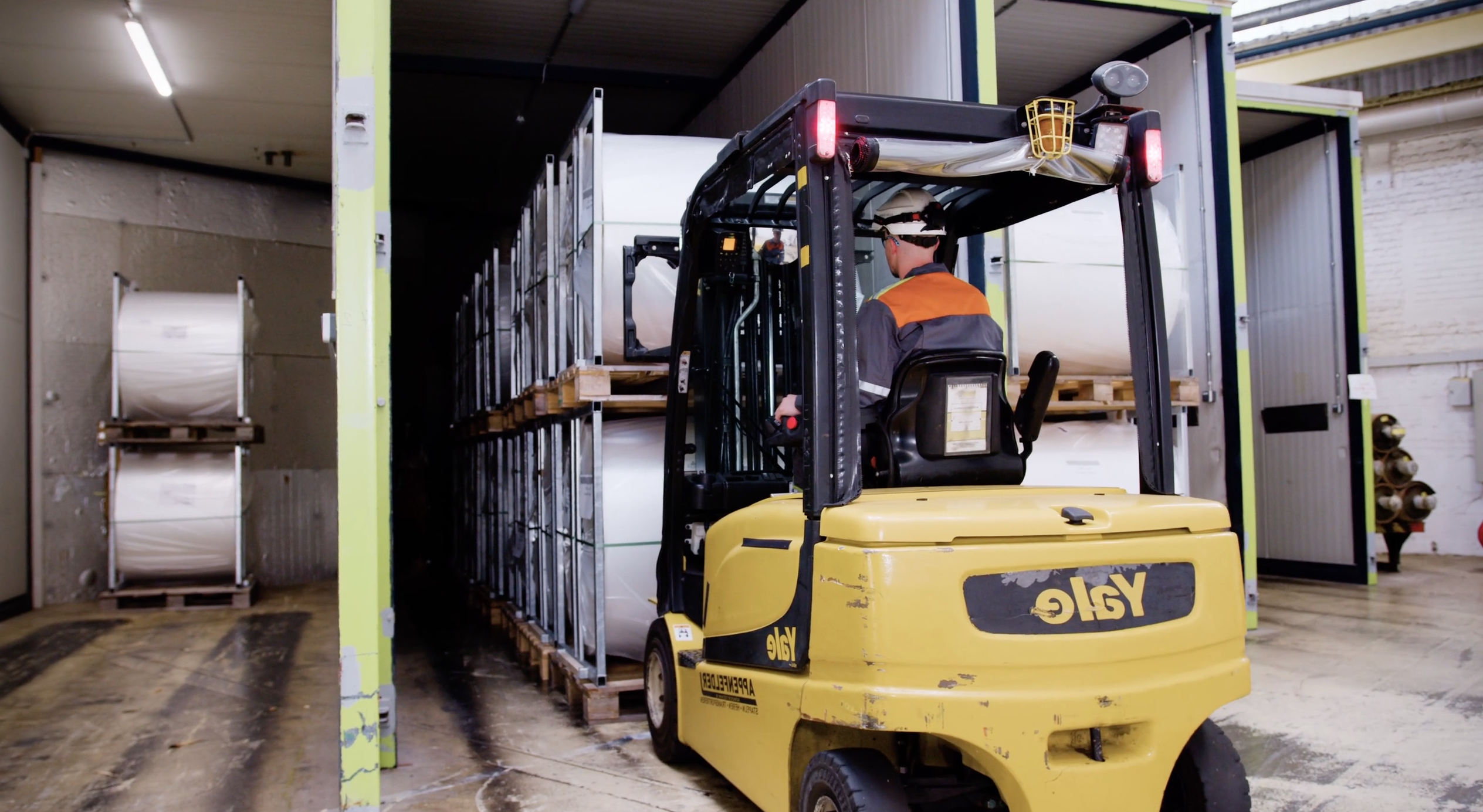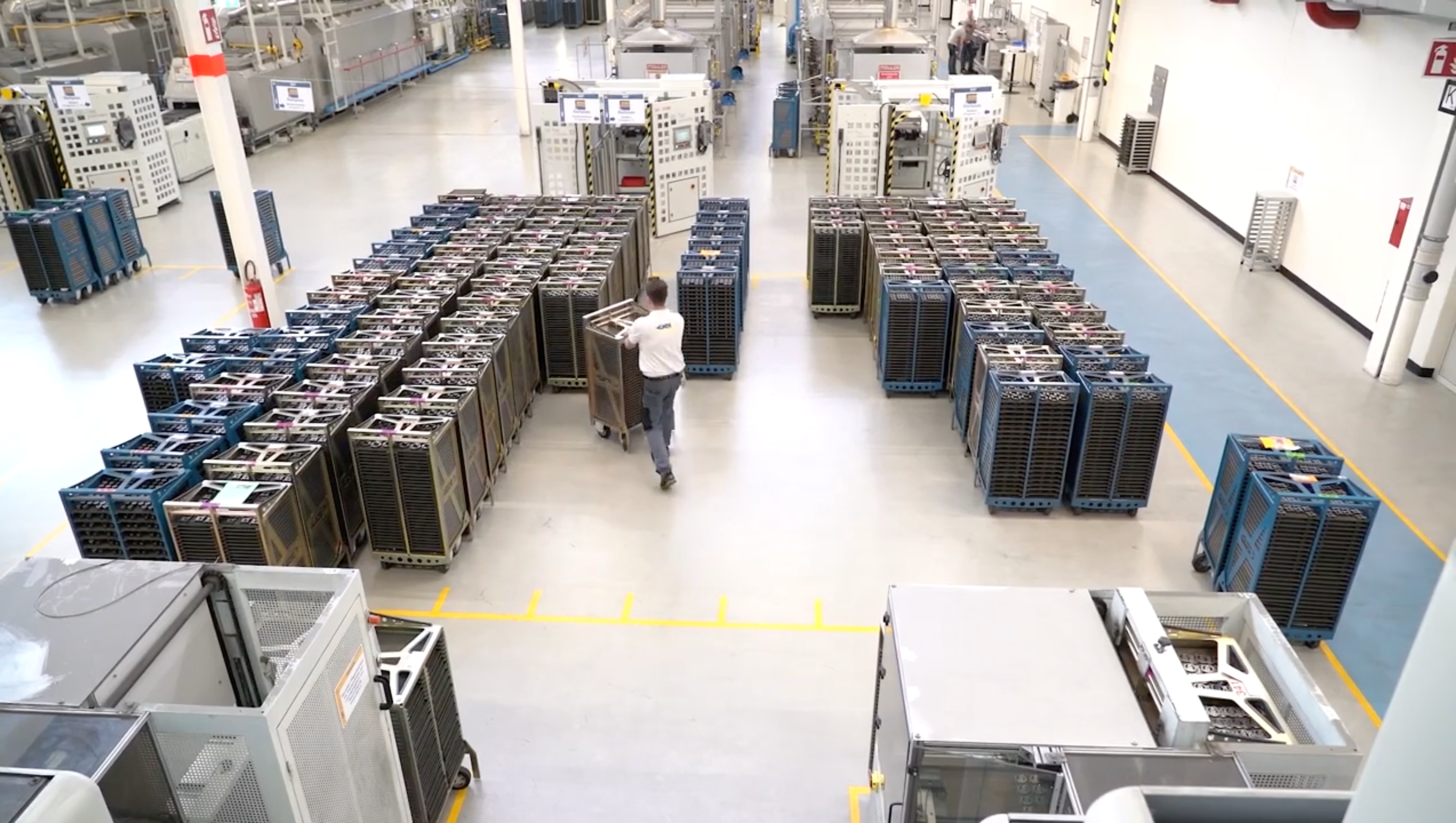In today’s fast-paced manufacturing environment, inventory management can make or break your operational efficiency. First-In-First-Out (FIFO) warehousing stands as a gold standard for inventory control, particularly for industries dealing with perishable goods, date-sensitive materials, or products subject to obsolescence. We’ve seen firsthand how proper FIFO implementation can transform operations. In this article, we’ll walk you through how FIFO warehousing works and how Workerbase provides an ideal platform for implementation.
Understanding FIFO Warehousing
FIFO is more than just an inventory valuation method—it’s a physical inventory management discipline ensuring that the oldest stock is used or shipped first. This simple principle delivers profound benefits:
- Reduced waste from expired or obsolete materials
- Consistent product quality by preventing materials from sitting too long
- Improved traceability for regulatory compliance and recalls
- Accurate inventory valuation for financial reporting
A true FIFO warehouse requires both system intelligence and physical design working in harmony. Without digital support, maintaining FIFO discipline becomes labor-intensive and prone to human error.
Key Components of an Effective FIFO System
1. Unique Location Identification
Every storage location in a FIFO warehouse must be uniquely identifiable, typically through barcode scanning. This granular tracking enables the system to know precisely where each batch of inventory resides.
2. Time-Based Inventory Tracking
The cornerstone of FIFO is knowing when each item entered your warehouse. The system must track timestamp data at the item or batch level to determine which stock should be picked first.
3. Dynamic Storage Allocation
Rather than fixed locations for products, effective FIFO systems often employ chaotic storage, where items can be placed in any suitable empty location. The system, not human memory, keeps track of where everything is.
4. Intelligent Picking Guidance
When items need to be retrieved, the system must direct workers to the oldest available inventory first, regardless of location.
5. Flexible Configuration
Different items require different storage considerations. Some need bulk storage; others require single-unit precision. Your FIFO system should accommodate these varying needs.

Implementing FIFO with Workerbase
Workerbase offers a comprehensive platform that elegantly addresses all aspects of FIFO warehouse management. Here’s how to implement each key component using Workerbase’s capabilities:
Storage Configuration
Begin by mapping your warehouse in Workerbase. Using the Storage Configuration app, warehouse managers can:
- Scan shelf barcodes to register locations in the system
- Classify storage areas by type, capacity, and environmental conditions
- Configure locations for single or multiple item storage
- Define storage rules (temperature requirements, weight limits, etc.)
This digital mapping creates the foundation for FIFO management, ensuring the system knows every possible storage location.
Inventory Induction Process
When new inventory arrives, Workerbase’s Add Item functionality streamlines the process:
- Scan the incoming item’s barcode or generate a new identifier
- Record critical metadata (batch number, production date, expiration date)
- The system automatically suggests optimal storage locations based on:
- Available space matching the item’s requirements
- Proximity to similar items (if desired)
- Warehouse zoning rules
- Once placed, the system records the exact timestamp and location
The beauty of Workerbase is that it makes this process nearly foolproof through guided workflows on mobile devices. Workers receive clear instructions on where to place items, eliminating guesswork.
FIFO-Optimized Picking
When it’s time to retrieve items, Workerbase’s Picking app ensures FIFO discipline:
- A picker receives a picking list on their mobile device
- The system automatically sequences picks to retrieve oldest inventory first
- Clear navigation guides workers to each location
- Confirmation scans verify correct items are picked
For multi-item orders, Workerbase can optimize routes while still maintaining FIFO principles, balancing picking efficiency with inventory management goals.
Real-Time Visibility and Search
Workerbase’s Overview and Search functionality provides instant visibility into:
- Current inventory levels by product
- Age of inventory at each location
- Upcoming expiration dates requiring attention
- Historical movement of specific batches
This visibility enables proactive management rather than reactive firefighting. Potential FIFO violations or aging inventory can be identified before they become problems.
Inventory Corrections and Returns
No warehouse runs perfectly. When discrepancies occur, Workerbase provides tools to:
- Mark items as damaged, missing, or quarantined
- Process returns to inventory with appropriate aging information
- Update quantities when partial containers are used
- Document reason codes for inventory adjustments
This closed-loop system maintains inventory accuracy while preserving the integrity of FIFO tracking.
Self-Optimizing Warehouse Operations
Perhaps the most powerful aspect of implementing FIFO with Workerbase is the system’s ability to self-optimize over time. By analyzing historical data on:
- Picking times between locations
- Item velocity (how quickly products move)
- Storage density utilization
- Common order combinations
Workerbase can continuously refine its storage location suggestions to reduce future picking times while maintaining FIFO discipline. This machine learning approach delivers compounding efficiency gains that would be impossible with static systems.
The Workerbase Advantage for FIFO Implementation
Implementing FIFO warehousing with Workerbase delivers several distinct advantages over traditional approaches:
1. Reduced Training Requirements
Workers don’t need to memorize complex warehouse layouts or FIFO rules. The system guides them through each task with step-by-step instructions on mobile devices.
2. Adaptability to Changing Conditions
As product mix changes or warehouse layouts evolve, Workerbase adapts automatically. There’s no need for comprehensive retraining or system reconfiguration.
3. Digital Traceability
Every movement is logged with timestamp and user information, creating a complete audit trail for compliance and continuous improvement analysis.
4. Incremental Implementation
Unlike monolithic warehouse management systems, Workerbase allows phased implementation. Start with basic FIFO tracking and gradually add optimizations as your team adapts.
5. Integration Capabilities
Workerbase connects seamlessly with ERP systems, production planning tools, and shipping platforms to create an end-to-end digital thread.
Conclusion
FIFO warehousing represents a fundamental best practice for manufacturing operations, and Workerbase provides the ideal platform for implementation. By combining intuitive mobile interfaces with powerful backend logic, Workerbase transforms FIFO from a theoretical ideal to a practical reality.
The results speak for themselves: clients implementing FIFO with Workerbase typically see inventory carrying costs reduced by 15-20%, picking efficiency improved by 25-30%, and inventory accuracy rates exceeding 99%. Perhaps most importantly, they gain the confidence that comes from knowing exactly where everything is and that materials are being used in the optimal sequence.
In today’s competitive manufacturing landscape, these advantages aren’t just nice-to-have—they’re essential for staying ahead. Whether you’re managing a small parts warehouse or a massive distribution center, Workerbase’s FIFO implementation capabilities provide the foundation for operational excellence.


